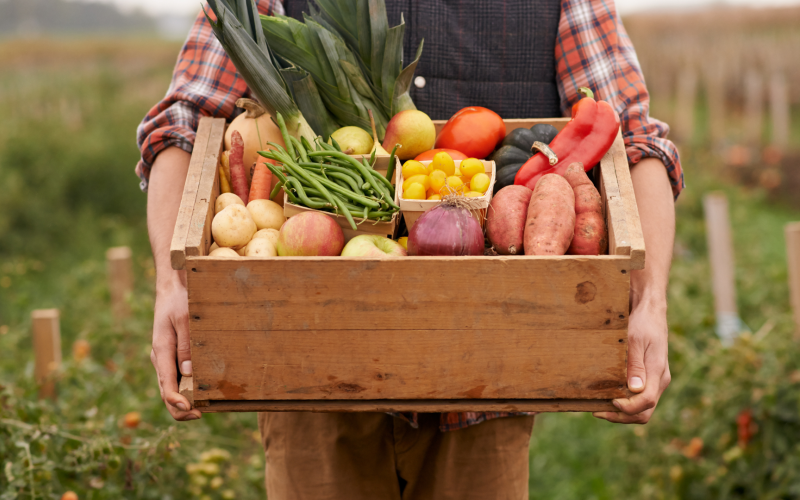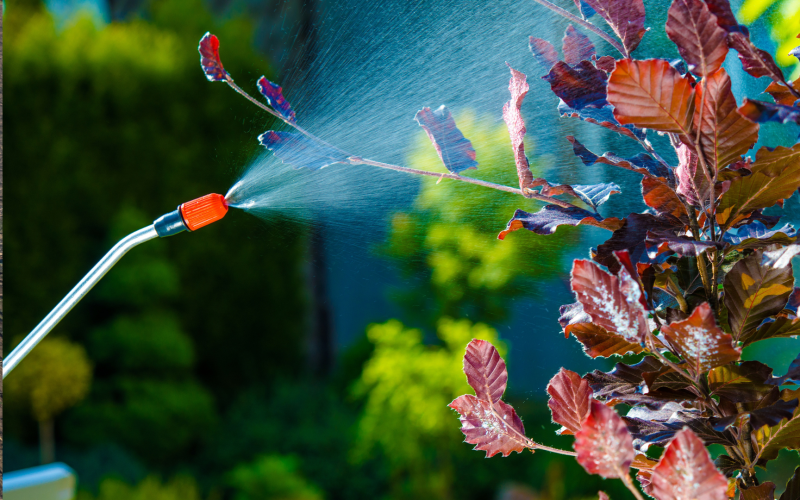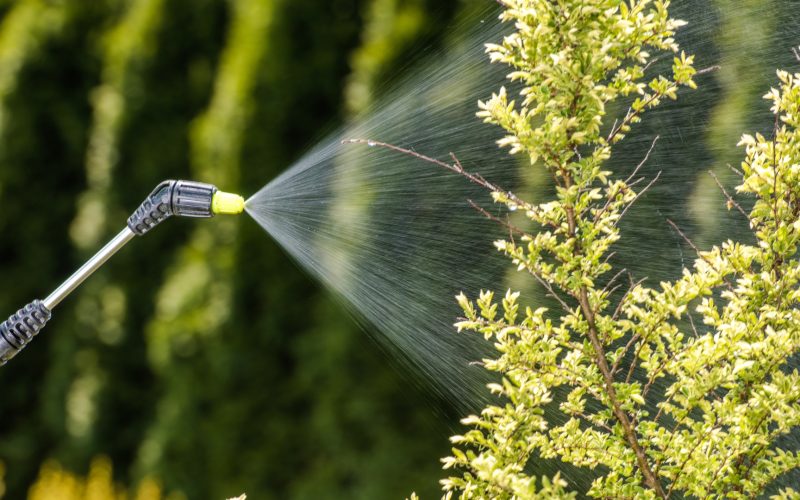Written by Rhoda Burrows, former Professor & SDSU Extension Horticulture Specialist.
Description
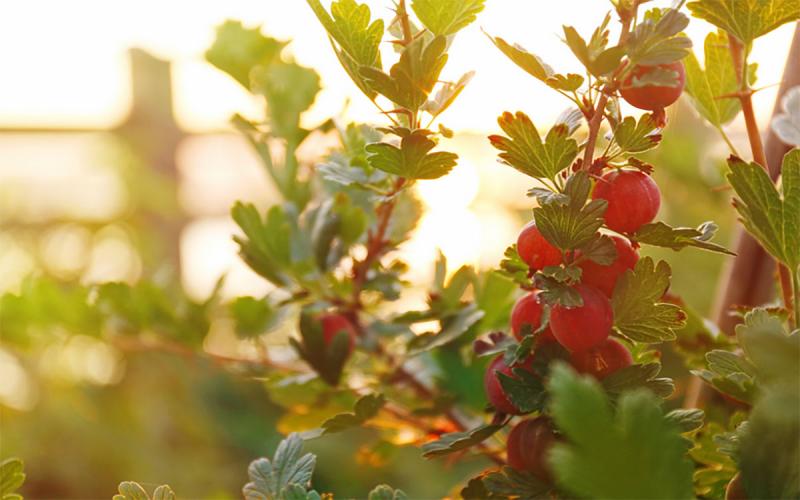
General Description: Gooseberries (Ribes spp.) are small shrubs that can provide fruit even in partially or lightly shaded locations. Their relatively small plant size makes them ideal for homeowners, and they are cold hardy enough for all areas of the state, including the higher elevations of the Black Hills.
Gooseberries are sometimes confused with currants, but gooseberry bushes tend to branch and spread sideways more than currants, and gooseberries have short spines at their stem nodes. The berries are borne singly or in clusters of two or three fruit.
Cultivars
Look for cultivars that have resistance to powdery mildew and white pine blister rust. Some cultivars to try include: Captivator (less spiny, somewhat bland berries), Jeanne (large, sweet, deep-red fruit), Keepsake (greenish-red good-quality fruit), Poorman (sweet red berries, fewer spines) and Speedwell (large, red, sweet fruit). Gooseberries are self-fertile, but they require pollination by bees and other insects.
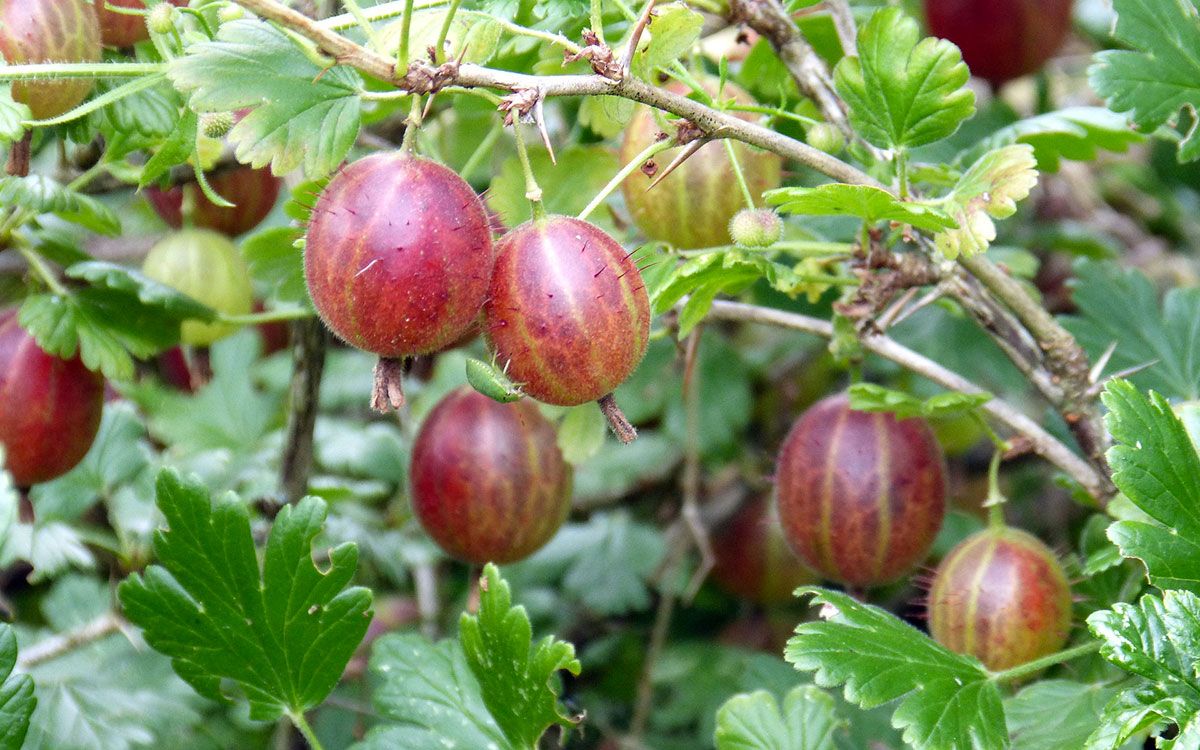
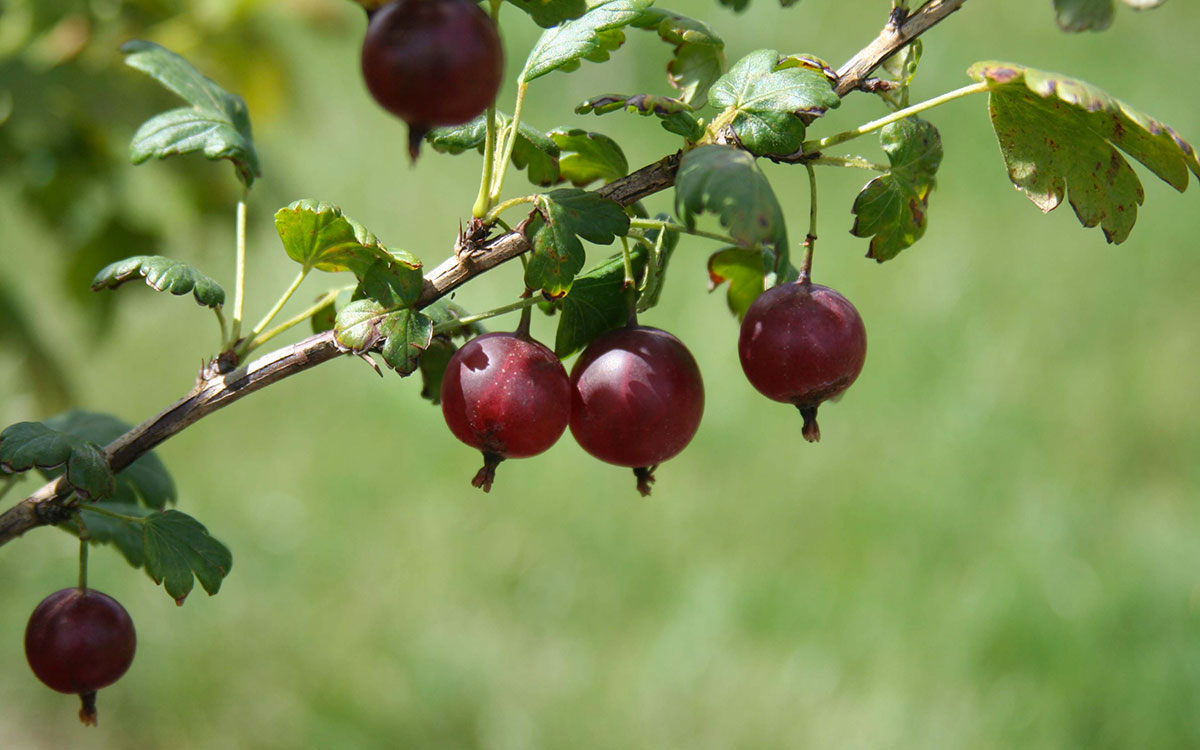

Planting
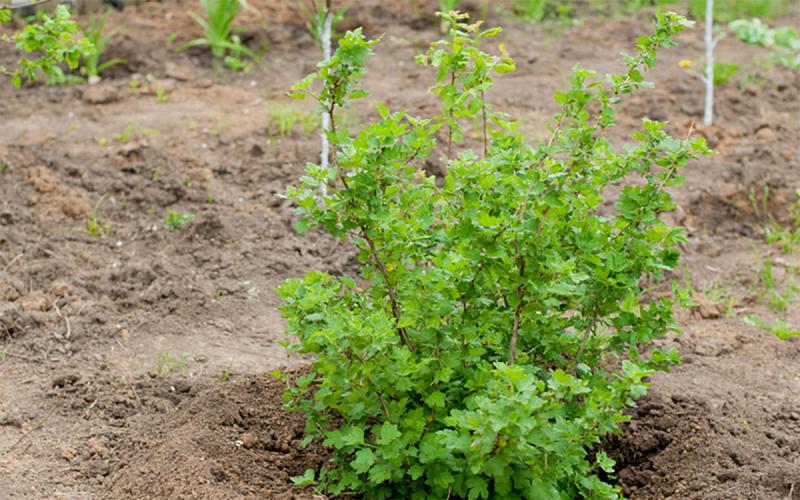
Site Selection and Preparation: Because gooseberries prefer cooler climates, they should not be planted in heat-collecting areas, such as the south side of a building. As they bloom early in the spring, low-lying frost pockets should also be avoided. Gooseberries are relatively adaptable to soil type, but they prefer richer soils with higher amounts of organic matter. They will need to be watered regularly and should be located accordingly. Containerized plants can be planted at any point of the growing season. Bareroot plants should be planted in the spring.
Spacing: Plant the bushes 3 to 4 feet apart. If the plants are bareroot, soak them in water for no more than 3 or 4 hours to thoroughly hydrate the roots before planting. The bushes may be planted slightly deeper than they were growing in the nursery to encourage suckers that will eventually become new canes. It is not recommended to place any fertilizer at the time of planting. Remove any damaged or dying canes (cut them at the base of the cane), and any roots that are circling or twisting into the crown of the plant. If any flowers appear in the first year, remove them so that the new plants put their energy into establishment.
Plant Care

Watering: As with many shade-tolerant plants, gooseberries are shallow-rooted and not drought-tolerant, so they will need regular watering. An inch of water per week (through irrigation or rain) is recommended—more if the shrubs are not mulched, or if it is hot and windy. In the drier areas of South Dakota, be sure to water the plants well in the fall and during the winter if the ground is thawed and dry.
Fertilizer: Fertilize each plant with approximately 1/4 cup of 10-10-10 fertilizer (or 2 tablespoons of 21-0-0) the first year (the following spring if fall-planted); gradually increasing to 1/2 cup (or 1/4 cup 21-0-0) per year in the spring. If a soil test has indicated that potassium or phosphorous are also needed, five pounds of a well-aged manure can be used instead; it will also help increase the organic matter of the soil.
Weeding and Mulching: Mulch generously to keep the roots cool and moist, build soil organic matter, and discourage weeds. Wood or bark mulch is preferred, as straw can attract rodents that can girdle canes.
Pruning: Gooseberries fruit best on 2-to-3-year-old wood. Prune in the late winter, keeping 3 to 4 canes of the new canes each year, and remove any canes older than 4 years, keeping the center of the plant somewhat open. Always remove any dead, diseased, or insect-infested canes as soon as they are noticed.
Diseases and Pests
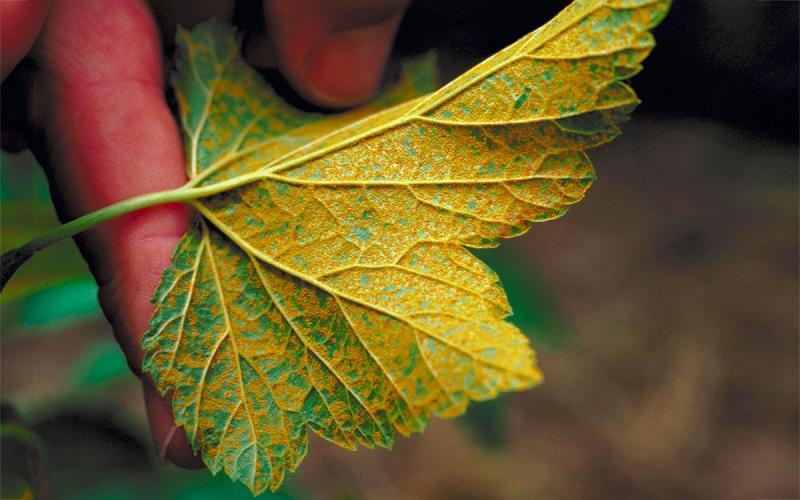
White Pine Blister Rust: Currants are members of the Ribes genus, which is an alternate host for white pine blister rust. In some states it is illegal to sell or even grow currants. Black currants are most commonly prohibited, although many states allow certain “immune” cultivars of black currant. However, a few years ago in Connecticut, even those cultivars were found to be infected. Red and white cultivars vary in their susceptibility. White Pine Blister Rust has been found in South Dakota, so avoid planting currants within 1,000 feet (and preferably one-mile) of any 5-needled pine (white pines, limber pines).
Powdery Mildew: Look for resistant cultivars.
Currant Borer: Larvae burrow into the canes, killing them over the next growing season. Remove and burn infested canes.
Spotted Wing Drosophila: A small fruit fly that lays eggs in developing/ripe fruit. Clean up any dropped fruit. Prune plants to keep good light penetration.
Harvest and Storage
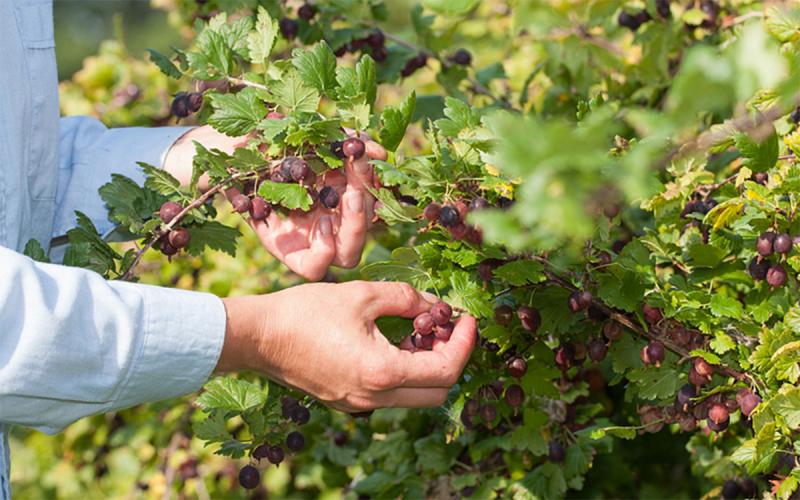
Timing: Gooseberries ripen over a four-to-six-week period. Some growers harvest their berries three times. The fruit from the first two harvests is taken before fully ripe and is used for jams and jellies. This removes competition for the remaining berries, allowing them to become larger; these can then be used for fresh eating, as well as for preserves or pies. If berry size is not important, one can simply harvest each berry as it becomes ripe (softer and deeper colored). The berries will stay good on the bush for up to a month after ripening (although the birds may find them and harvest them for you)!
Average Yield: A mature plant can produce five or more quarts of fruit (or three to ten pounds), depending on the cultivar and the age of the bush.
Storage: Refrigerate unwashed fruit quickly and put in covered containers or bags to maintain humidity. Berries will keep for several weeks. Gooseberries can be frozen whole for longer-term storage.
Preparation and Nutrition
Preparation: Remove stems and “tails” (or the remains of the flower). Gooseberries can be used fresh, baked (as in pies) or processed.
Nutrition Facts: Gooseberries are a low-calorie food with moderate amounts of Vitamin C and Vitamin B5. They are also a good source of fiber.
